A new “game-changing” project is aiming to finally provide a viable and scalable alternative to single use-packaging across multiple categories.
Reposit’s pre-filled and reusable containers may already be familiar to some environmentally minded customers of Asda and Co-op, both of which sold Unilever household brands in them from 2021 to March this year. Since June last year, they have also been in six M&S stores, filled with the retailer’s own-label cleaning and laundry products. Shoppers pay an initial £2 deposit, which is redeemable against a second purchase when they return the bottle. The container then goes back to the supplier to be refilled so it can go on sale again.
As of last week, the project is being opened up to other retailers and brands, who can register their interest by 30 October in order to launch by 30 June 2024. Refillable packaging platform Reposit aims to offer 100 products across various categories in 200 stores. Ecover is already a backer, as is Beauty Kitchen, the ‘return, refill, repeat’ skincare brand that created Reposit.
Campaign group City to Sea, another backer, has called it a “game-changing moment in our collective battle against plastic pollution from packaging”.
But it’s not the first time we have been told of a supposedly game-changing zero-waste packaging pilot.
Tesco’s trial of Terracycle’s Loop reusable packaging platform promised to spark a UK packaging revolution. It launched in 10 stores in 2021, and saw over 50 brands, including heavyweights such as Coca-Cola and Heinz, sold in reusable and returnable containers. But it ended last year, with Tesco’s responsible sourcing director Giles Bolton saying more work was needed to encourage a “behavioural shift from customers”.
Then there is the Refill Coalition. Launched in March 2022, it was billed as the industry’s best chance of scaling refill initiatives, giving shoppers across the UK access to banks of dispensers to fill their own containers. It had the backing of M&S, Morrisons, Ocado and Waitrose. The solution has yet to go live, and M&S and Morrisons have since pulled out, though Aldi also joined earlier this year.
So, what’s different about Reposit’s initiative? And why do its backers believe it can change the game?
When Tesco’s Loop pilot ended, experts argued the key to unlocking the customer behavioural shift Bolton referred to was scale – and being in only 10 stores, the pilot didn’t have it.
It used packaging designs bespoke to individual brands, rather than standardised ones, and this complexity was highlighted as a barrier to profitability and therefore scalability.
The Refill Coalition intends to use standardised dispensing vessels, which can be returned to multiple suppliers, but retailers have been doubtful over the readiness of shoppers to bring their own containers, rather than pick up a pre-filled one. M&S CEO Stuart Machin was crystal clear on this point when explaining the retailer’s exit from the Refill Coalition in May. M&S had learned from its own banks of dispensers that “customers just weren’t responding”, he said.
’All the usual suspects are talking to us’
Also commenting at the time, Jayne Paramor, Wrap strategic technical manager for plastics, hinted heavily that retailers and brands were working on something else behind the scenes.
Reposit’s latest project is the result. It uses standardised containers “within reason”, says Reposit founder and director Stuart Chidley. The containers can be made of steel, aluminium or glass, and potentially plastic. With the latter in particular, “fragrance migration” into the material can make standardisation impractical. “You don’t want your shampoo in the same bottle as your laundry liquid,” Chidley says.
But by using standardised containers within categories as much as possible, it will offer “quicker commercial and environmental payback”, he argues.
The categories Reposit is aiming to cover with the promised 100 products are “primarily homecare, personal care, some foodservice and potentially some beverage”.
“We’re working with Lush. We’re demo-ing everything in their head office in November,” Chidley says.
“L’Oréal, P&G, Unilever, Müller, Arla, Nestlé – all the usual suspects are talking to us.”
Talks underway with most of the UK’s biggest supermarkets, while a major online retailer is discussing a variation of the return and reuse model relying on home collection.
And M&S is already on board.
“We’ve already got a lot of agreement and it feels like we’re just on the cusp of a tipping point to really create some traction,” Chidley says.
Reposit argues its “buy anywhere, return anywhere” model, letting shoppers pick up a container in one store and take it back to another, also stands to drive greater consumer engagement. It cites a recent City to Sea survey in which 69% of respondents were either likely or very likely to try products in returnable packaging if they were available where they shopped.
Indeed, in M&S’s pilot of the system, extending to eight own-label homecare products, their sales are said to have exceeded those of single-use packaging equivalents in some cases.
‘A packet of pasta doesn’t really make any sense’
Assuming it’s not all too good to be true, where does it leave refill aisles? Rather than replace them, it could define a role for them.
“Doing this with anything that’s currently in glass or heavy plastic – skincare, beauty, home care, vinaigrettes, jam – the payback is relatively quick and assured,” says Chidley.
However, “it becomes more commercially and environmentally challenging the lower value and the lighter weight the existing packaging”.
“So doing this with a packet of pasta doesn’t really make any sense. But this is where refill in store might come into play.”
Similarly, “doing this with cornflakes in a cardboard box – maybe not”, Chidley says.
Rather than replacing refill aisles, he sees Reposit as “removing a consumer barrier” where possible, while reducing costs for retailers. “Refill in-store is asking consumers to do two things: bring their own packaging and have time for refill in store.
“And from a retail store perspective, you’ve got high cost and complexity of installation and high cost of operation. Whereas with a prefill and returnable model, you’re only asking for one consumer behaviour change – bring your empty back – and from a retail perspective you’re just saying let’s replace that single-use item with this reusable item.”
Catherine Conway, founder and director of Unpackaged, which has been developing the Refill Coalition’s solution, says: “We know consumers are crying out for alternatives to single-use packaging, and there needs to be different reuse options to suit different products and shopper needs.
“Sometimes the answer will be a ‘bring your own container to refill in-store’ model, other times it’s more appropriate for a ‘grab and go’ reusable model that consumers have to return such as Reposit are developing. We wish them, and their partners, every success in their work.”
Wrap’s Jayne Paramor used the phrase “more pilots than Heathrow” when describing the numerous would-be solutions to single-use packaging that have emerged over the years. Given that’s so, the idea that the latest can truly change the game in and of itself should be regarded with a degree of healthy scepticism.
But together with other initiatives, it could at least help the solve the puzzle.

He’s responsible for covering the discounters and retail property, and for commissioning and editing The Grocer’s analysis features. He has over 20 years' experience as a journalist, during which his by line has appeared regularly in a range of national newspapers.
Follow Steve on Twitter: @Steve_Farrell_ View full Profile







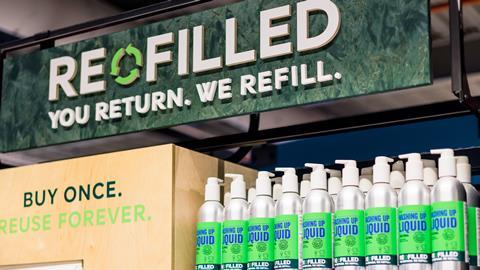


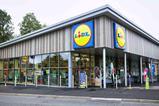
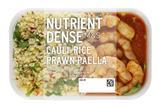





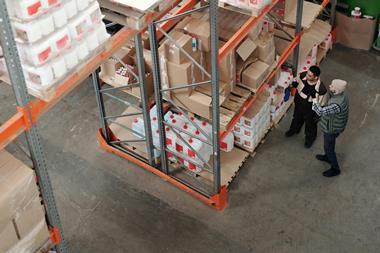



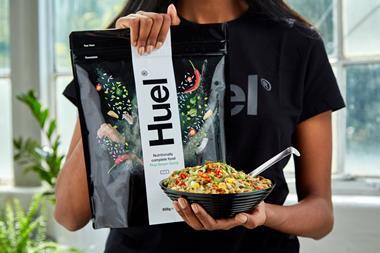


No comments yet